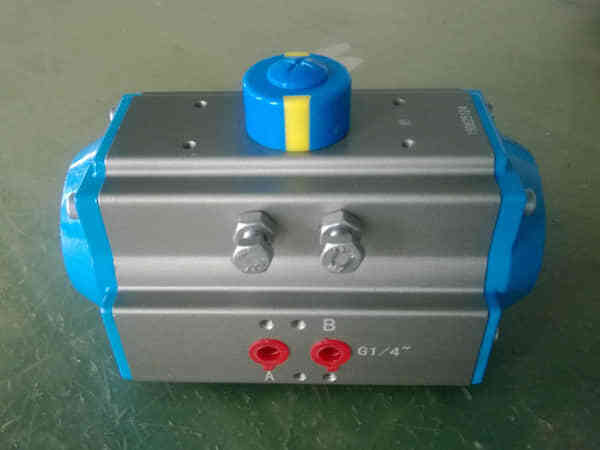A pneumatic actuator is a mechanical device that utilizes compressed air to create motion, transforming potential energy into mechanical energy to perform various tasks. Pneumatic actuators are widely used in industrial applications, automation systems, and even consumer products due to their simplicity, reliability, and efficiency. These actuators play a vital role in controlling movement in systems that require force or precision without the need for electrical energy. In this article, we will explore the working mechanism, applications, and advantages of pneumatic actuators.

Working Principle of Pneumatic Actuators

Pneumatic actuators work by using compressed air to create a linear or rotary motion, depending on the actuator type. The core components of a typical pneumatic actuator include a cylinder, a piston, and a spring. The cylinder contains compressed air, which acts on the piston inside. When the air is directed into the actuator through an inlet port, it applies pressure to one side of the piston. This pressure causes the piston to move within the cylinder, generating linear or rotary motion depending on the design. There are two main types of pneumatic actuators: linear actuators and rotary actuators. Linear actuators produce straight-line motion, commonly used in applications requiring pushing, pulling, or lifting actions. On the other hand, rotary actuators generate rotational movement, useful for controlling valves or rotating machinery.

Leave a Reply